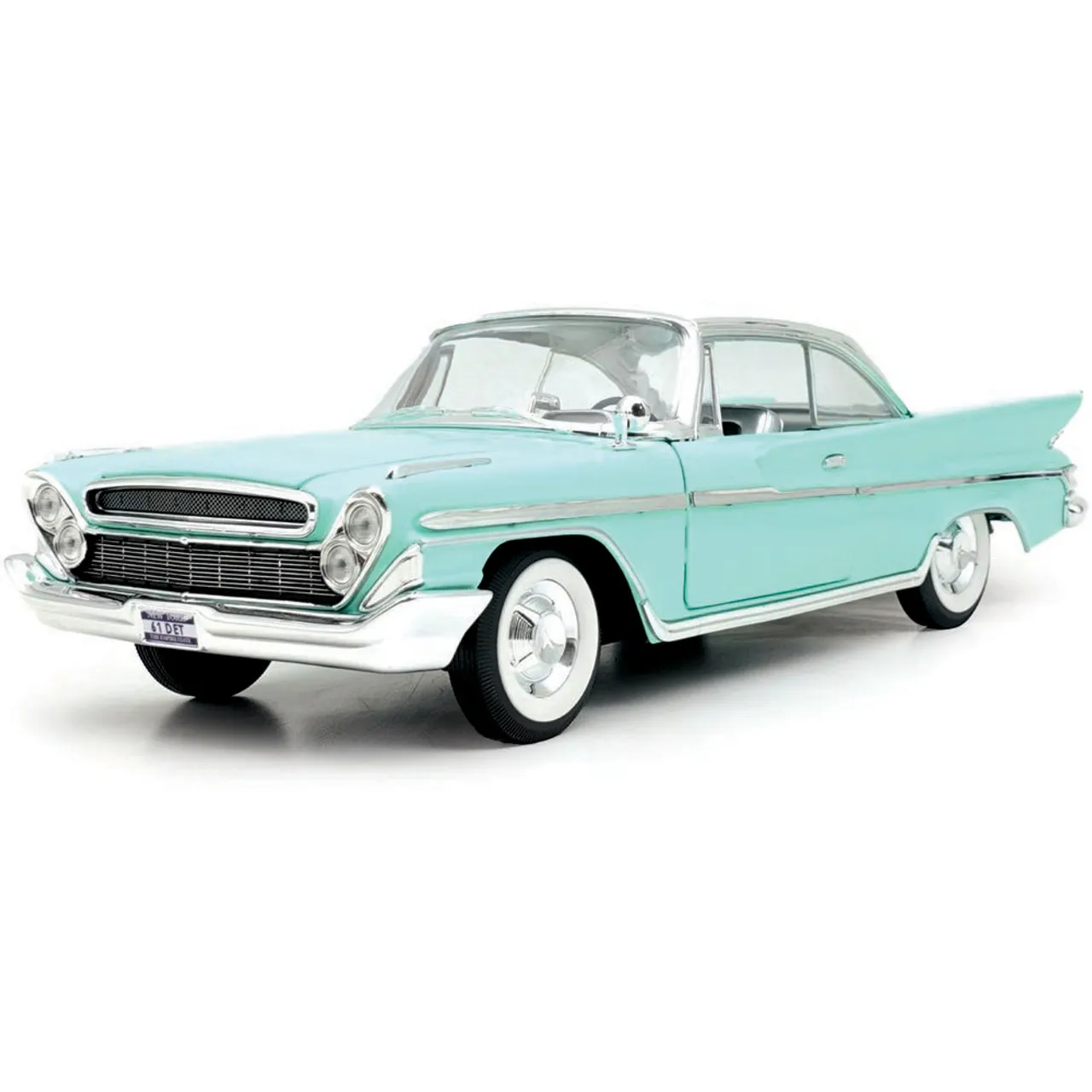What Are Diecast Models
Diecast models are miniature replicas of real-life vehicles, most commonly cars, trucks, and aircraft. These models are typically made using a die-casting process, where molten metal is injected into a mold to create intricate and detailed miniature versions of the originals. Diecast models range in scale from tiny models to large ones and are popular among collectors of all ages. These models are admired for their accuracy, detailing, and ability to capture the essence of the vehicles they represent. Diecast models offer a tangible way to connect with automotive history and passion for car enthusiasts. They also are often used for display, and are not just toys.
Types of Diecast Models
Diecast models come in a variety of types, each with its own unique characteristics and appeal. Cars are, without a doubt, the most popular type, encompassing everything from classic vintage cars to modern sports cars and luxury vehicles. Trucks, including semi-trucks, pickup trucks, and other commercial vehicles, also have a strong following, as do construction vehicles like bulldozers and excavators. Aviation enthusiasts often collect diecast airplanes, which can range from small fighter jets to large commercial airliners. Military vehicles, such as tanks and armored cars, are also popular among collectors interested in military history. Motorcycles, too, have gained popularity with diecast model collectors. The diversity of available diecast models allows collectors to specialize in a specific area or to diversify their collections across different types of vehicles.
Scale of Diecast Models
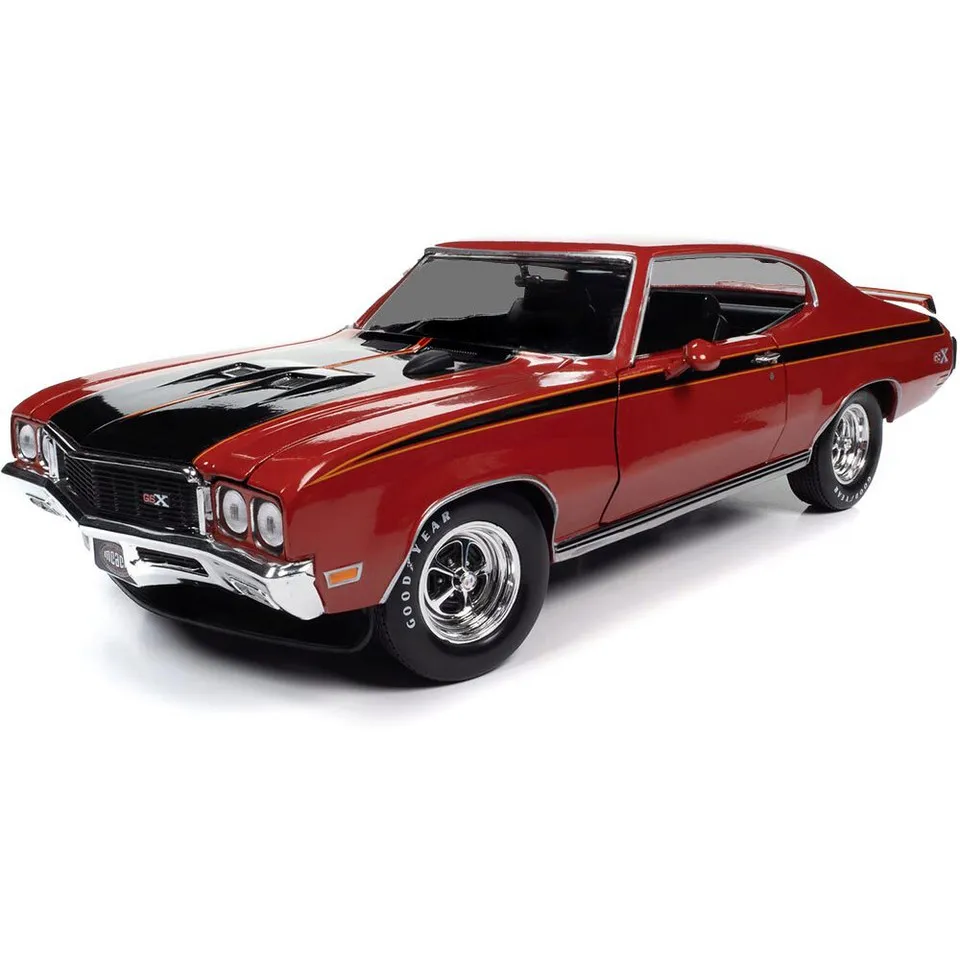
Scale is a critical factor in diecast model collecting, as it determines the size and level of detail of the models. The most common scales are 1:18, 1:24, 1:43, and 1:64, with larger scales offering more detail and smaller scales offering more compact options for display. 1:18 scale models are often the most detailed and sought-after, allowing for intricate features such as opening doors, hoods, and trunks. 1:24 scale is another popular choice, providing a good balance of detail and size. 1:43 scale models are ideal for collectors who want to display a large number of models in a smaller space. 1:64 scale, also known as ‘matchbox’ size, is perfect for those who want to start a collection without taking up too much space, or for those who enjoy playing with their models. The scale of the diecast model directly influences the level of detail and the overall aesthetic of the collection.
Diecast Models Material
The primary material used in diecast models is, as the name suggests, die-cast metal. This involves injecting molten metal, typically zinc alloy, into a mold to create the main body of the model. Other materials are also utilized, such as plastic for interior components, tires, and other details. The combination of die-cast metal and plastic allows for a high level of detail and durability. Some manufacturers may also use rubber for tires, and glass or plastic for windows. The choice of materials impacts the model’s appearance, weight, and feel. High-quality diecast models often use a greater proportion of metal and offer more intricate details, making them more valuable to collectors. The material used in the diecast model contributes significantly to its overall realism and collectability.
Diecast Models Buying Guide Top 5 Tips
Tip 1 Research
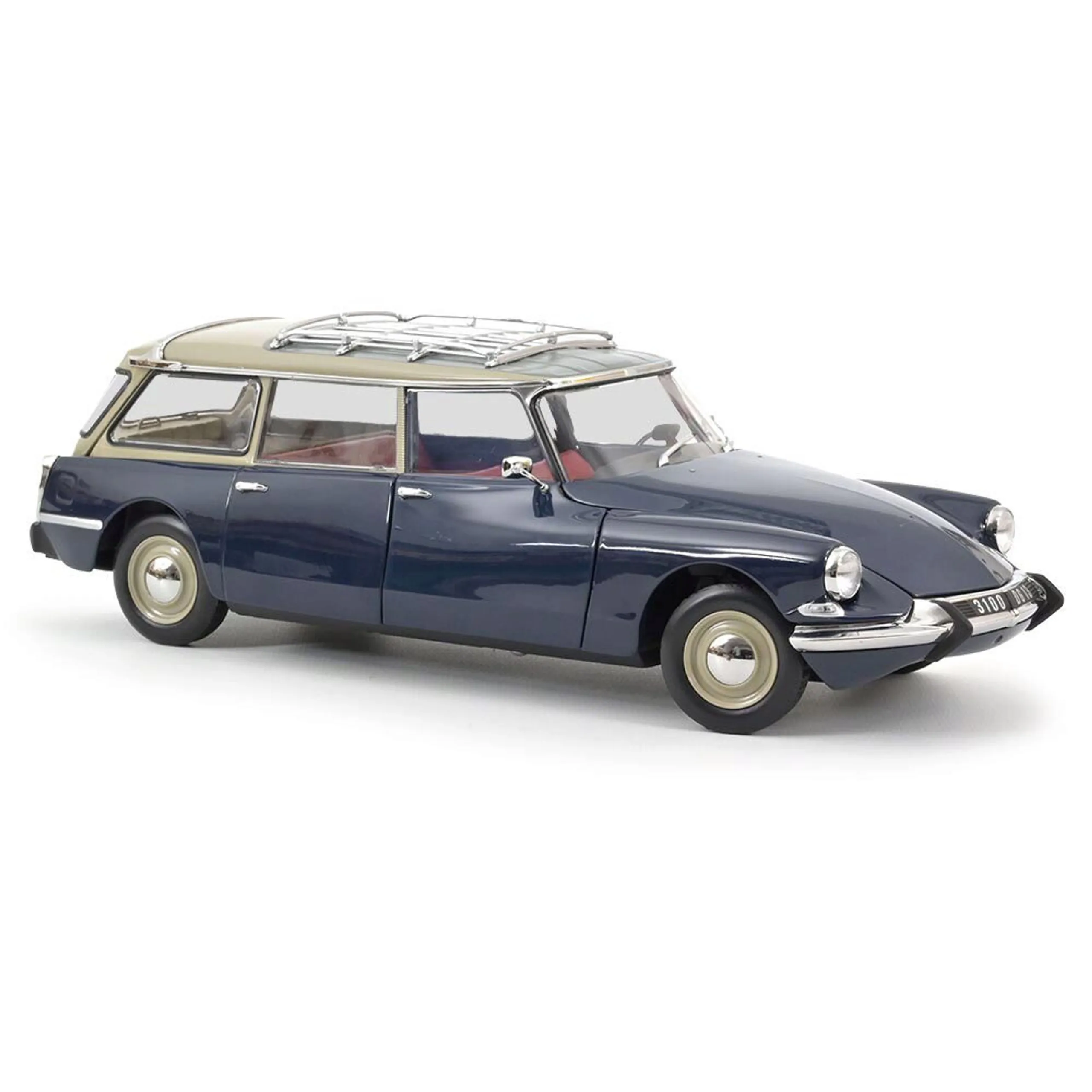
Before buying any diecast model, research is paramount. Begin by identifying the specific types of cars or vehicles that interest you, whether it’s classic cars, modern supercars, or specific brands. Explore different scales to determine which best fits your display space and budget. Research different manufacturers to understand their reputation for quality and detail. Online forums, collector communities, and reviews offer valuable insights into model accuracy, build quality, and value. Checking prices on various websites helps you understand market value and avoid overpaying. This research helps you build a collection that reflects your interests and satisfies you.
Tip 2 Define Your Collection
Defining the scope of your collection is crucial for long-term satisfaction. Decide whether you’ll focus on a specific brand, era, or type of vehicle. Maybe you want to collect models of cars from your favorite movies, or a particular manufacturer. Setting clear boundaries helps prevent impulse purchases and ensures a more cohesive and manageable collection. This approach helps focus your efforts and resources, making your collecting journey more enjoyable and rewarding. Furthermore, defining your collection can also help you find other collectors with similar interests, sharing valuable information and providing a social aspect to your hobby. By defining your collection early, you are setting yourself up to succeed.
Tip 3 Inspect the Details
When evaluating a diecast model, paying close attention to detail is essential. Examine the model’s paint finish for imperfections such as bubbles, chips, or inconsistencies. Check for accurate details like logos, emblems, and interior features. Look at how well the doors, hood, and trunk open and close and the level of detail inside. The wheels should be well-aligned, and the tires should be properly mounted. Inspecting these details ensures you get a high-quality model that is true to the original vehicle. These details make the difference between a nice model and a truly collectible piece. Don’t be afraid to compare different models and brands to identify the ones that meet your highest standards. The more attention to detail, the more valuable the model will be to you.
Tip 4 Consider the Price
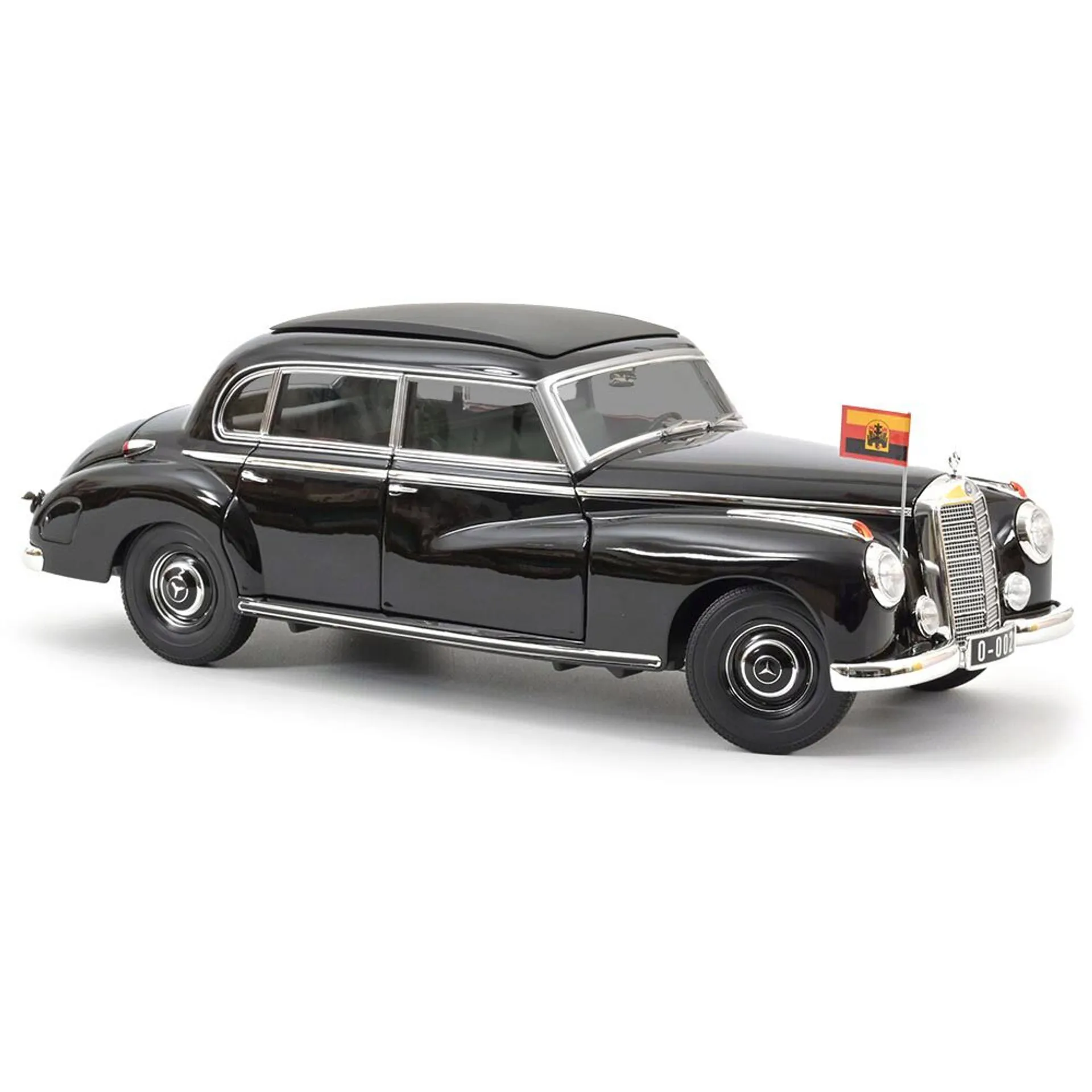
Setting a budget and comparing prices is vital before purchasing any diecast model. Prices can vary greatly depending on the brand, scale, and rarity of the model. Establish a price range you’re comfortable with before starting your search. Research different retailers, both online and physical stores, to compare prices and identify the best deals. Keep in mind that older or limited-edition models can command higher prices. Look for sales, discounts, or promotions, especially when purchasing multiple models. Carefully consider the value of the model based on its condition, detail, and collectibility. Setting a budget helps you avoid overspending and ensures you can continue to expand your collection without financial stress. Don’t feel pressured to spend more than you can comfortably afford.
Tip 5 Shop From Reputable Dealers
Buying diecast models from reputable dealers is essential to ensure authenticity and quality. Established dealers typically offer a wide selection, detailed product descriptions, and high-quality images. Check for reviews and feedback to assess the dealer’s reliability and customer service. Reputable dealers often provide guarantees of authenticity and offer returns or exchanges if you are not satisfied. Avoid buying from unverified sources or individuals, as this increases the risk of counterfeit or damaged models. Consider the dealer’s specialization; some dealers focus on specific brands or scales, which can provide greater expertise. Buying from a reputable dealer gives you peace of mind and ensures that you are purchasing a genuine, well-maintained model. This is especially important when purchasing more expensive or rare models.
Diecast Models Key Features
Details and Authenticity
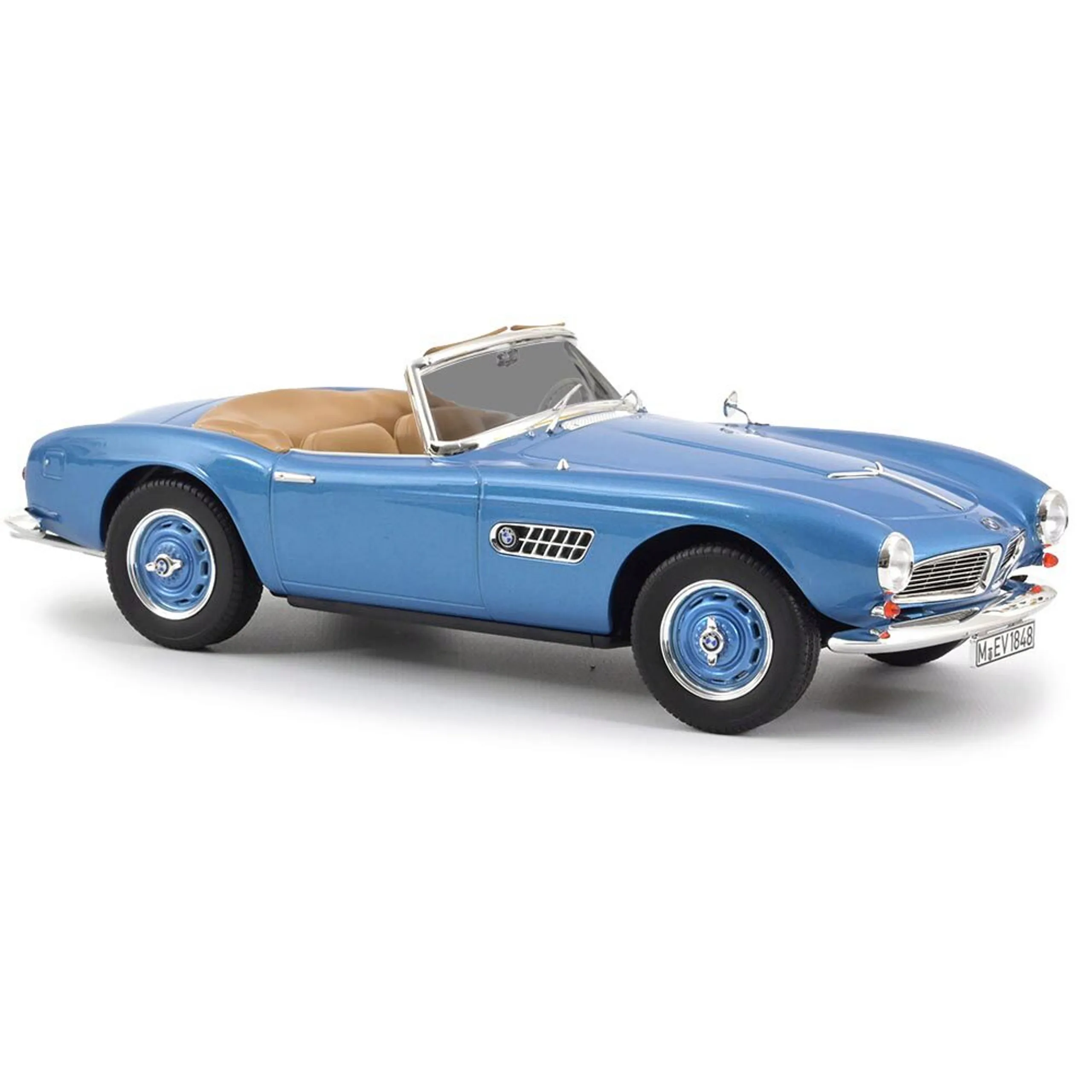
The best diecast models are celebrated for their incredible detail and authenticity. High-quality models precisely replicate every aspect of the original vehicle, from the body shape and paint finish to the interior details and engine components. Authenticity is reflected in the accurate reproduction of logos, emblems, and other markings. Many models include functional features such as opening doors, hoods, and trunks. Some models are made with fully-detailed interiors, featuring seats, dashboards, and even seatbelts. The level of detail is a key indicator of the model’s quality and value. Many collectors value the authenticity and realism of diecast models over anything else. Some collectors will also modify their models to enhance their realism.
Model Quality
Model quality is a paramount consideration when building a diecast model collection. It is determined by a combination of factors, including materials, craftsmanship, and attention to detail. High-quality models are made using premium materials such as die-cast metal and durable plastics. The paint finish should be smooth and flawless, with no visible imperfections. The model’s construction should be robust, with all parts fitting snugly together. Precise detailing, such as accurate logos and emblems, contributes to the model’s overall quality. Collectors should look for models that have been carefully assembled and painted, with a high level of craftsmanship. The overall quality directly impacts a model’s value, longevity, and the enjoyment of the collector.
Where to Find Diecast Models
Diecast models are available from many sources. Specialist diecast model retailers offer a wide selection of models, often with expert knowledge and personalized service. Large online retailers offer a vast selection of models, often at competitive prices. Car shows and model shows are great places to find rare or vintage models and connect with other collectors. Auction sites and online marketplaces can be a source of collectible models, but it’s important to verify the authenticity of any model before purchasing. Local hobby shops may carry a selection of models, allowing you to see them in person. Collectors can also source models directly from manufacturers, especially for limited-edition releases. Where you find models depends on the types of models you’re looking for. Wherever you buy them, always check the credentials of the seller.
